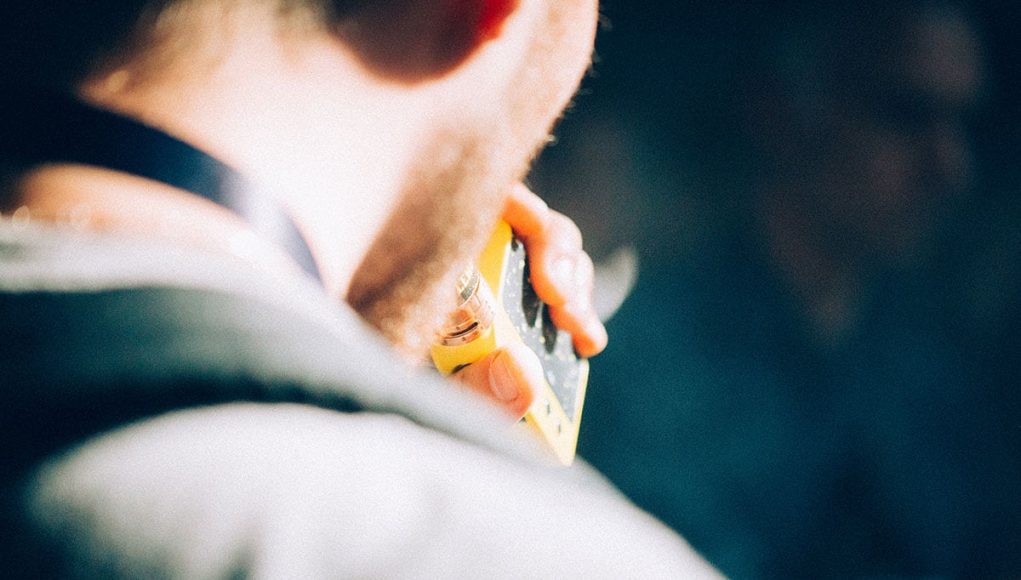To this effect as of October 1st, vapers in Australia are only able to purchase vaping products from pharmacies via prescription. While retailers in neighbouring New Zealand and most other countries are able to responsibly sell nicotine products over the counter, anyone caught violating Australia’s harsh regulations will face steep fines, and in some cases even imprisonment.
600,000 Australian vapers could now switch back to smoking
The National Drug Strategy Household Survey has just reported that while over 2.5 million Australians still smoke, the number of vapers climbed from 240,000 in 2016, to 520,000 in 2019. This means that if the number of Australian vapers is increasing steadily, there could currently be as many as 600,000 vapers, which are now more likely to switch back to smoking.
To this effect, reads an article on The Sydney Morning Herald by renowned tobacco control experts Alex Woodak and Colin Mendelsohn, the nicotine ban will be counterproductive. “At present, only a very small number of people vaping have a prescription as is required. Most nicotine supplies are imported without a prescription or purchased from the black market. If compliance with the new arrangements is poor, then some will return to smoking while others will purchase supplies from the black market. Neither are good outcomes.”
Australia is adopting the wrong approach
In a recent interview on ABC, Wodak explained how Australia is adopting the wrong approach towards nicotine safer alternatives, leading it to fall behind other countries with regards to smoking rates, rather than making progress. Comparing it to Norway as an example, the expert said that while the two countries have similar tough tobacco regulations, Norway has been successful at decreasing smoking rates, while Australia has not.
The two countries have both banned smoking in public places, together with any marketing of tobacco products. Both countries have introduced plain packaging requirements for tobacco products, if anything Australia introduced it first, in 2012 with Norway following suit in 2018.
However, while both countries have witnessed significant drops in smoking rates between 2001 and 2018, the percentage of daily smokers in Australia has decreased from 22% to 14%, while Norway’s rates which at 30% were higher at baseline, have dropped to 12%. The driving factor behind Norway’s success? The endorsement of snus as a safer nicotine alternative, while in Australia, snus and other forms of smokeless oral tobacco remain illegal.
The impact of safer nicotine alternatives
The new data has also indicated that while the downward trend of daily smokers among 16-24 year olds remained on the same trajectory in both countries until about 2007, in Australia, the pattern eventually reached a plateau while in Norway it accelerated.
Known as an advocate of harm reduction with regards to drugs, Wodak has long been expressing the need of taking the same approach with regards to smoking. One of the strong points he made in the ABC interview, is that “most smokers are low income,” and therefore amongst other things, safer nicotine alternatives should be priced relatively to their risks in order to encourage smokers to migrate to them.








